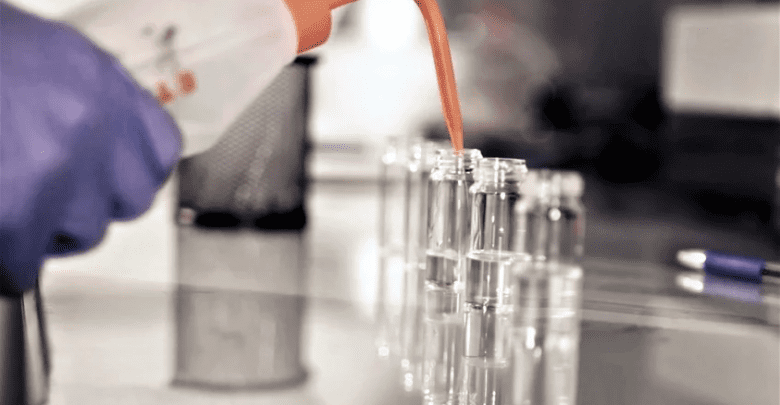Additive electronics provider Nano Dimension announced that it has received approval from both the U.S. and Korea Patents and Trademark Offices for the company’s core technology of its dielectric ink.
Nano Dimension’s dielectric ink has been shown to provide excellent performance for high frequency communications up to 6GHz, with circuit performance comparable to that of circuits developed using conventional manufacturing techniques. The dielectric ink makes it possible to additively manufacture electrically functional parts, circuits and antennas by multi-material high resolution jetting to create both standard and innovative functional parts.
This performance, combined with the ink’s light weight and electrical dielectric properties has made the DragonFly Pro, Nano Dimension’s Precision Additive Manufacturing system and technology, very attractive for the space industry, specifically the emerging mini satellites field, where weight and size are critical design requirements.

DragonFly Pro 3D Printer by Nano Dimension
“This patent approval is another step in our path to fundamentally change the way electronic parts are made, and add value to design and manufacturing processes,” said Amit Dror, CEO of Nano Dimension. “Radio frequency circuits such as amplifiers and antennas additively manufactured with our DragonFly Pro will be tested on the International Space Station as part of a joint Harris and Space Florida project. We are very excited about this project and the huge potential it has in development of innovative applications for space.”
The approved patent is directed to a novel composition and method of forming a printable thermoset material using suspension polymerization, having excellent physical properties. This makes the composition ideal for thermoset boards, sheets and/or films that may be useful in forming housing elements of various devices where high performance is desirable.
Source: 3ders.org


